
First Families of Virginia (FFV) are the families in colonial Virginia who are socially prominent and wealthy, but not necessarily the earliest settlers. They descend from English colonists who primarily settled at Jamestown, Williamsburg, the Northern Neck and along the James River and other navigable waters in Virginia during the 17th century. These elite families generally married within their social class for many generations and, as a result, most surnames of First Families date to the colonial period.
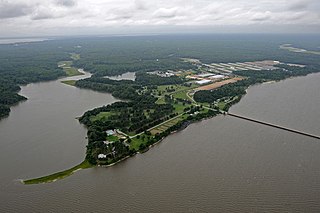
Cheatham Annex is a Naval Base, located near Williamsburg, Virginia on the York River approximately 35 miles northwest of Norfolk in the heart of the famous Jamestown–Williamsburg–Yorktown "Historic Triangle." Although Cheatham Annex was not commissioned until June 1943, the land on which the base is located can claim the unique distinction of having been associated with every conflict involving the United States freedom and independence. The mission of Cheatham Annex includes supplying Atlantic Fleet ships and providing recreational opportunities to military and civilian personnel.
Francis West was a Deputy Governor of the Colony and Dominion of Virginia.

The Court of Wards and Liveries was a court established during the reign of Henry VIII in England. Its purpose was to administer a system of feudal dues; but as well as the revenue collection, the court was also responsible for wardship and livery issues.

Mount Airy, near Warsaw in Richmond County, Virginia, is the first neo-Palladian villa mid-Georgian plantation house built in the United States. It was constructed in 1764 for Colonel John Tayloe II, perhaps the richest Virginia planter of his generation, upon the burning of his family's older house. John Ariss is the attributed architect and builder. Tayloe's daughter, Rebecca and her husband Francis Lightfoot Lee, one of the only pair of brothers to sign the Declaration of Independence are buried on the estate, as are many other Tayloes. Before the American Civil War, Mount Airy was a prominent racing horse stud farm, as well as the headquarters of about 10-12 separate but interdependent slave plantations along the Rappahannock River. Mount Airy is listed on the National Register of Historic Places as a National Historic Landmark as well as on the Virginia Landmarks Register and is still privately owned by Tayloe's descendants.
Major Joseph Croshaw was a planter living near Williamsburg in the Colony of Virginia. He was the son of Captain Raleigh Croshaw. He became a planter and lived a few miles from present-day Williamsburg, Virginia. On December 10, 1651, he patented land which became the plantation known as Poplar Neck:
1000 a. in York Co., upon the side of York River, commonly known by the name of Poplar Neck, abutting n. w. upon the mouth of St. Andrew's Creek" "n. e. upon York River, s. e. upon a small creek called Croshaw's Desire dividing this land & the land now in possession of Richd. Croshaw into the woods, w. s. w. & by s. and s. w. along the Indian Field upon the land of Jas. Harris, w. by n. upon the land of Samuel Snead, n. w. by w. upon a line of marked trees leading along to St. Andrew's Creek.

Jordan Point is a small unincorporated community on the south bank of the James River in the northern portion of Prince George County, Virginia, United States. It is about 20 miles from Richmond and 30 miles upstream from Jamestown on the James River. It was the location of extensive archeological research between 1987 and 1993. This research provided substantial information about human existence in the area from the prehistoric to the late colonial eras. In particular, the research extensively studied the Jordan's Journey settlement that existed between 1620 and 1640 during early years of the Virginia colony.
Richard Bennett was an English planter and Governor of the Colony of Virginia, serving 1652–1655. He had first come to the Virginia colony in 1629 to represent his merchant uncle Edward Bennett's business, managing his plantation known as Bennett's Welcome in Warrascoyack. Two decades later, Bennett immigrated to the Maryland colony with his family, and settled on the Severn River in Anne Arundel County.
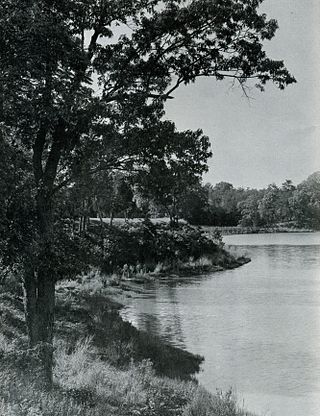
Popes Creek is a small tidal tributary stream of the Potomac River in Westmoreland County, Virginia. The George Washington Birthplace National Monument lies adjacent to Popes Creek estuary.
Colonel Thomas Ballard was a prominent colonial Virginia landowner and politician who played a role in Bacon's Rebellion. He served on the Governor's Council 1670–79 and was Speaker of the Virginia House of Burgesses 1680–82.
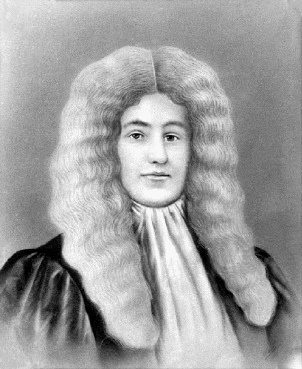
Colonel Augustine Warner Jr. was an American planter, military officer and politician. He served in the House of Burgesses from 1666 to 1677 and was its Speaker in two separate sessions in 1676 and 1677, before and after Bacon's Rebellion. Warner then served on the Virginia Governor's Council from October 1677 until his death. Warner is the last common ancestor of George Washington and King Charles III.
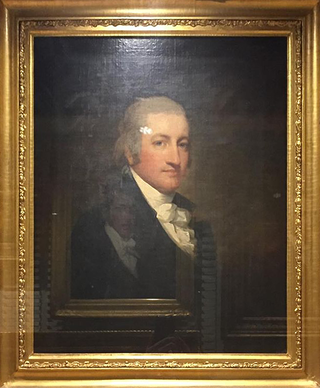
Col. John Tayloe III, of Richmond County, Virginia, was the premier Virginia planter; a politician, businessman, and tidewater gentry scion. He was prominent in elite social circles. A highly successful planter and early Thoroughbred horse breeder, he was considered the "wealthiest man of his day". A military officer, he also served in the Virginia House of Delegates and Senate of Virginia for nine years.

The American gentry were wealthy landowning members of the American upper class in the colonial South.
George Fawdon, also spelled in various sources as George Fawden, George Fawder, George Fadoin, George Faudon, George Fawdoune, George Faudown, George Fawdowne, and George Fowden, was an early Virginia colonist, landowner, militia officer, county court clerk, county clerk justice and legislative representative (politician). He served at least two terms as a burgess in the Virginia House of Burgesses in the 1640s and 1650s representing Isle of Wight County, Virginia.
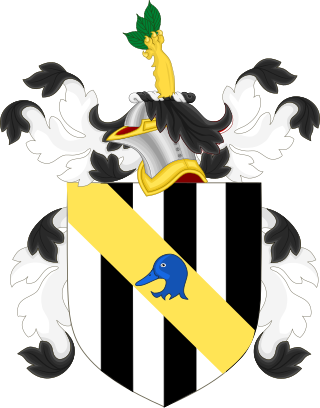
The Burwells were among the First Families of Virginia in the Colony of Virginia. John Quincy Adams once described the Burwells as typical Virginia aristocrats of their period: forthright, bland, somewhat imperious and politically simplistic by Adams' standards. In 1713, so many Burwells had intermarried with the Virginia political elite that Governor Spotswood complained that " the greater part of the present Council are related to the Family of Burwells...there will be no less than seven so near related that they will go off the Bench whenever a Cause of the Burwells come to be tried."
Robert Abrahall was the first member of the Virginia House of Burgesses, the elected lower house of the colonial Virginia General Assembly, from New Kent County, Virginia, in 1654. He again served in the House in 1659–1660. He may have served in 1654–1657 since the lists of members for those years are incomplete and no members for New Kent County are shown.
Abraham Iverson, shown in some records, including land patents, as Abraham Iveson was a member of the Virginia House of Burgesses, the elected lower house of the colonial Virginia General Assembly, from Gloucester County, in 1653.
Col. William Tayloe or Teylow (1645–1710) was the nephew of William Tayloe of King's Creek Plantation and High Sheriff of York County, Virginia, the father of John Tayloe I of The Old House and progenitor of the Tayloes of Mount Airy, Richmond County, Virginia. His coat of arms, Vert a sword erect Or between two lions rampant addorsed Ermine, matches those of Teylow in Gloucester, England. He immigrated with his brothers Joseph and Robert who later returned to England.
Nathaniel Bacon, sometimes referred to as "Bacon the Elder" was a politician in colonial Virginia. As President of the Virginia Governor's Council, Bacon served as the acting Governor of Virginia during multiple periods in the 1680s and 1690s.
Thomas Mathew was an English merchant who became a planter and politician in the Colony of Virginia. He owned property in Northumberland County and was one of the first burgesses representing Stafford County in the House of Burgesses when it was formed. An Indian raid which killed one of his herdsmen was a precursor of Bacon's Rebellion and shortly before his death in London Mathew wrote an account of that conflict which was published a century later.












